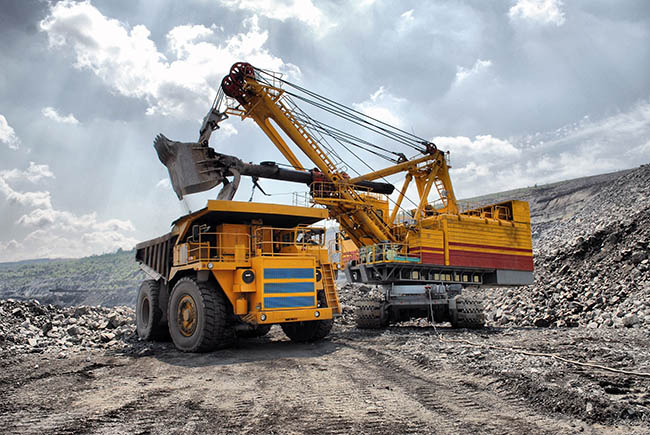As far as technology and mining are concerned, autonomous mining “is the new black.” Az Business talks with mining industry experts Christian Lemas, technical services manager at ASARCO’s Silver Bell Mine; James Stewart, technical services manager at ASARCO’s Ray mine; and Kyle Bennett, principal advisor of media and communications for Rio Tinto Copper & Diamond Product Group. The three discuss the latest developments and advancements in mining technology, and how it will affect a new generation of mining professionals.
Az Business: What are some of the most progressive aspects of mining technology today?
Kyle Bennett: Significant advances in technology are taking place across our industry. These are allowing us to be precise in how we find and mine ore, reduce waste and energy consumption, and improve safety for our employees. For example, today we use unmanned aerial vehicles to collect data and perform 3D mapping and monitor areas previously impossible to access or areas we would avoid for safety reasons. We are also skilled at block cave mining, which is how we will mine at Resolution Copper Mine. This method allows us to significantly reduce waste compared to more typical open pit mining methods. Ultimately, our ability to develop and partner on technologies that allow us to capture better data and make faster and safer decisions will be important as we advance the Resolution project.
Christian Lemas: Advancement in the development of autonomous haulage system trucks. It is proven technology in remote mines in Australia and Chile. Some operators have demonstrated that implementing autonomous haulage means more material can be moved more efficiently and safely, creating a direct increase in productivity.
James Stewart: Autonomous mining is no longer science fiction, but a reality for some operations. Haul trucks are navigating from the loading shovels to the dumps and back without operators, while drills can navigate from hole to hole and set up and drill a quality blast hole with no operator.
AB: How do you think technology will alter the mining workforce?
CL: In my opinion, I think technology has altered the mining workforce already. Nowadays, robots are helping to increase overall output and save money, but not helping to add jobs. At Silver Bell, we are considering installing robots capable of stripping cathodes. Asarco’s Amarillo refinery is currently using robotics technology for this purpose. Educational institutions will need to provide a steady flow of graduates that have training in science, technology, engineering and math (STEM).
JS: Across the workforce, technology is altering the workforce in ways that will force workers to transition from managing people and tools to managing networks and data. The mining process from mine to mill generates huge amounts of data. The challenge is how to mine this data to generate knowledge. Educational entities need to prepare the workforce to function in an environment that is shifting from being managed/supervised/evaluated by individuals to being judged by algorithms.
KB: Mining will always go hand-in-hand with technology and education. We do not see innovation reducing jobs because we still need people to fix, maintain, capture and understand data. What innovation will require is a highly skilled and trained workforce that can gather and make safe and effective decisions based on the data we capture. It’s important for us to work with educators to develop the skills we will need and the pipeline required to fill roles. Our current community investments in education are focused on developing STEM capabilities, which will be critical for the workforce of the future.




